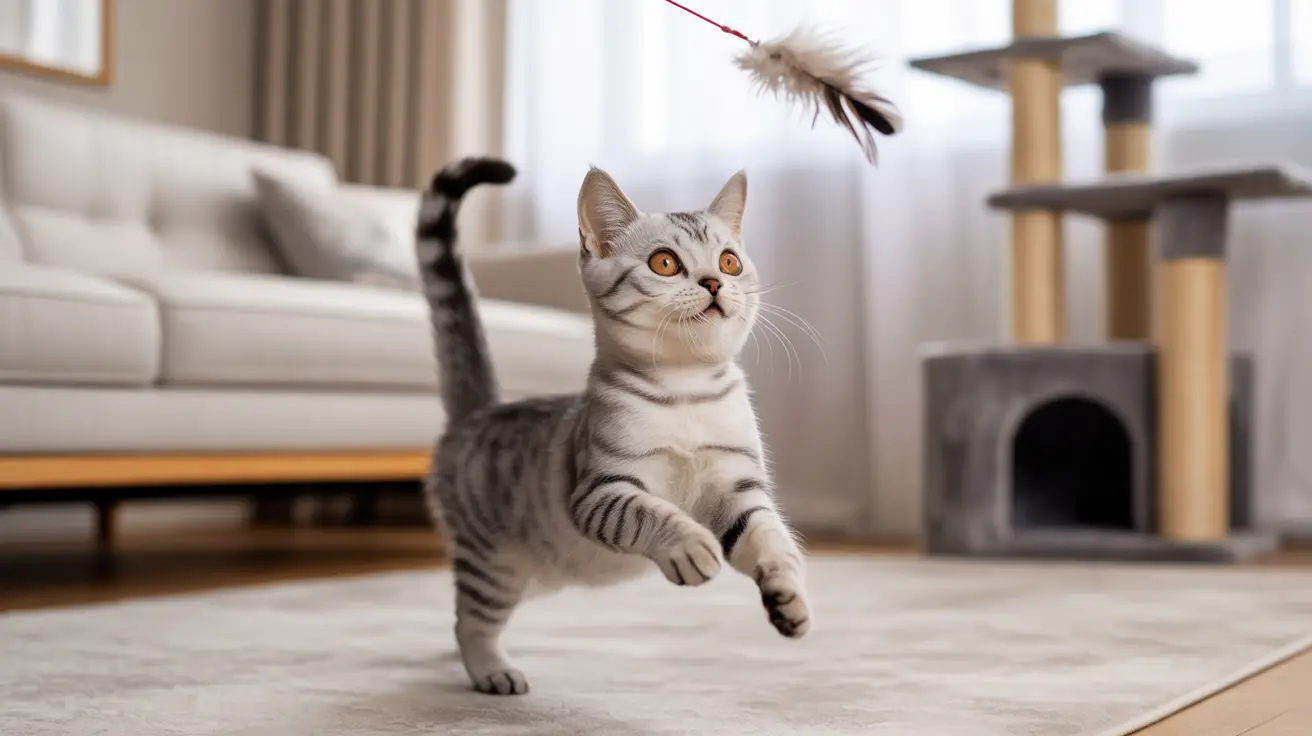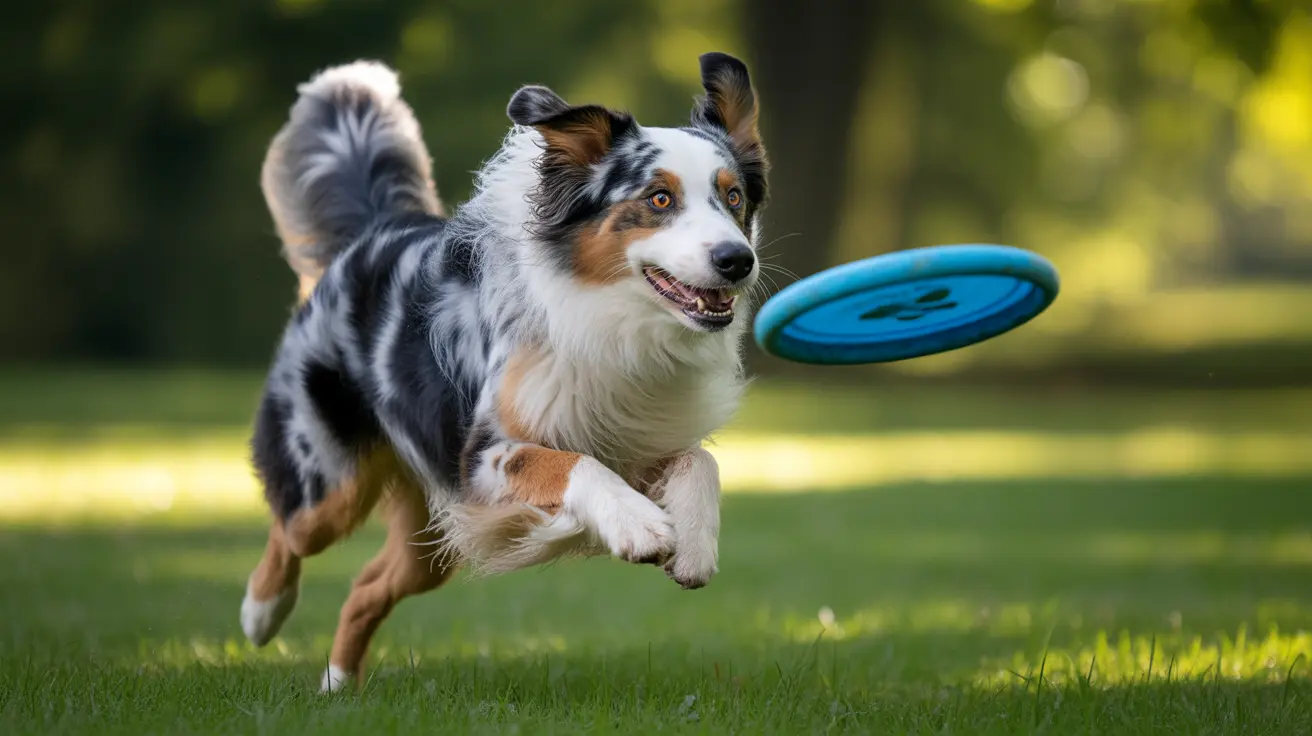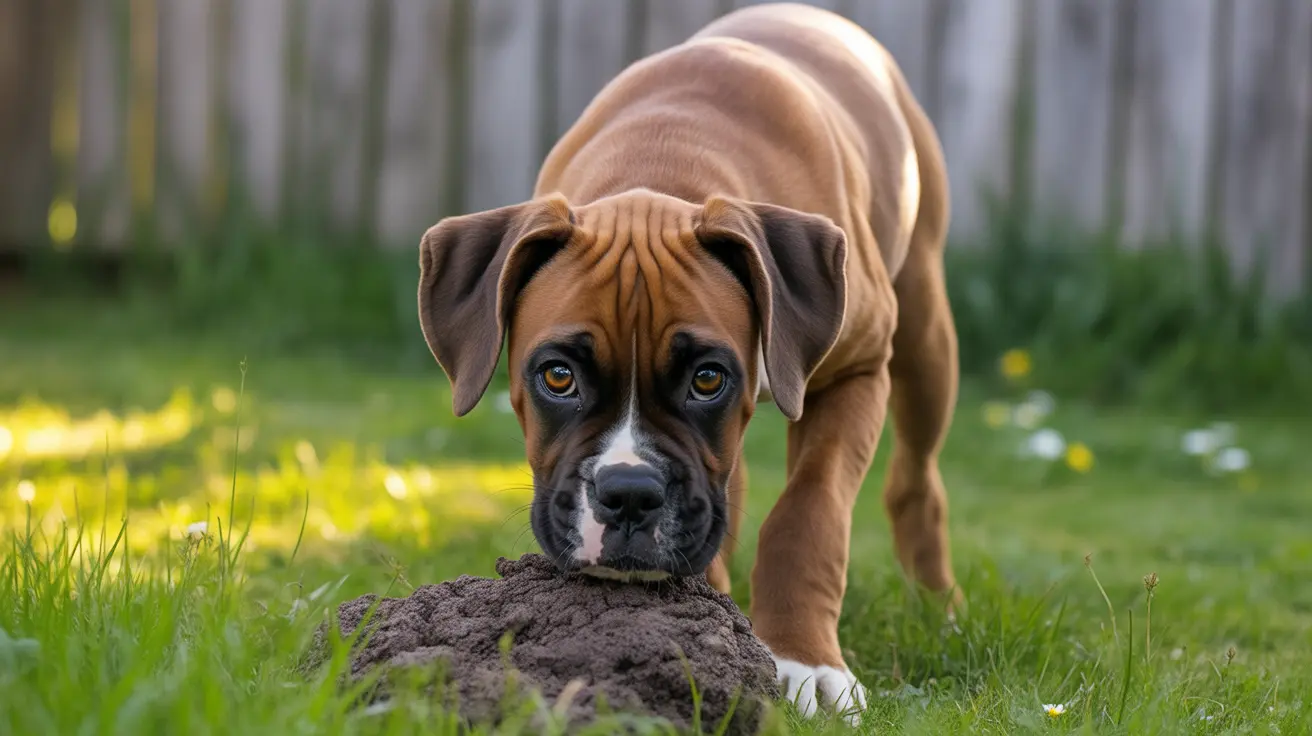Understanding the Signs of Hind End Weakness in Dogs
As dogs age or face certain health conditions, issues with the hind end can become increasingly noticeable. Owners may observe subtle or dramatic changes in their dog's mobility and comfort levels. Recognizing these signs early is crucial for diagnosis and improving your pet’s quality of life.
1. Common Signs of Back End Deterioration
- Hind Leg Weakness: Dogs may struggle to stand up, especially after rest. Their back legs may tremble or appear wobbly.
- Dragging of Rear Paws: This is often the result of neurological issues or muscular weakness, and may cause nails to scrape or bleed.
- Unsteady or Shuffling Gait: As strength and coordination decline, dogs may walk asymmetrically or with a wide stance to keep balance.
- Incontinence: Loss of control over bowel or bladder functions may accompany or follow mobility issues.
- Atrophy of Pelvic Muscles: Reduced use of the back legs can lead to visible muscle wasting around the hips and thighs.
- Knuckling Under: Instead of placing their rear paw pads on the ground, dogs may rest on the tops of their paws.
- Difficulty Climbing Stairs or Jumping: Reluctance or inability to perform actions that involve engaging the hind limbs.
2. Potential Causes of Hind End Failure
Several medical issues can lead to problems in the rear limbs, including:
- Arthritis: Degeneration of joints, especially in hips or spine, causing pain and reduced mobility.
- Hip Dysplasia: Common in many breeds, this hereditary condition leads to joint instability.
- Intervertebral Disc Disease (IVDD): Disc herniations can compress the spinal cord, affecting nerve signals to the hind legs.
- Degenerative Myelopathy: A progressive spinal condition seen in older dogs, similar to ALS in humans.
- Neurological Injury: Trauma from falls, being stepped on (especially for small dogs), or spinal misalignment.
- Diabetes or Hypothyroidism: These metabolic conditions can cause neuropathy or muscle weakness.
- Tumors or Cysts on the Spine: Can interfere with nerve transmission when pressing on the spinal cord or nerves.
3. Diagnostic Tools Veterinarians Use
- Physical Exams: Vets assess muscle tone, range of motion, and pain response.
- Neurological Assessments: Determining reflexes and proprioception helps locate spinal lesions.
- X-rays: Useful for detecting arthritis or changes in bone structure.
- MRI or CT Scans: Provide detailed images of soft tissues, disc herniations, or tumors.
- Bloodwork: Can detect thyroid abnormalities, diabetes, and infections.
4. Management and Care Strategies
In cases where treatment is available or the condition is manageable, consider the following:
- Medications: Anti-inflammatories, pain relievers, or steroids depending on the condition.
- Physical Therapy: Controlled exercises, hydrotherapy, and massage promote strength and circulation.
- Mobility Aids: Harnesses, slings, or wheelchairs can help support movement.
- Home Modifications: Ramps, carpeted areas, or orthopaedic bedding help reduce strain.
- Weight Management: Keeping your pet lean reduces stress on joints and improves movement.
- Prevention of Injury: For fragile dogs like Pomeranians, avoiding drops or rough handling is essential.
5. When to Seek Veterinary Attention
Prompt attention should be given if your dog:
- Suddenly can’t stand or walk
- Shows signs of pain or vocalizes when touched
- Loses control of bladder or bowels
- Exhibits changes in behavior or appetite alongside mobility issues
Early diagnosis often leads to better outcomes. Whether you're managing aging in a senior dog or responding to sudden hind limb weakness, consult with your veterinarian promptly.
Conclusion
Signs of a dog’s back end going are often gradual but can also appear suddenly. Having awareness of these symptoms allows for faster medical intervention, better management, and a more comfortable life for your dog. Owners of small breeds like Pomeranians should be especially careful due to their physical fragility and susceptibility to trauma-related back injuries. With proper care, many dogs can continue to enjoy a fulfilling and active life.





